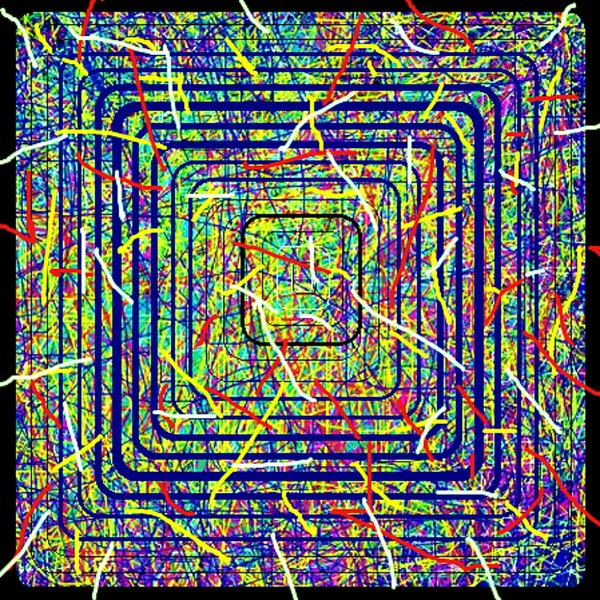
These gravitational waves could come from the thrumming of cosmic strings, collisions of supermassive black holes, or other violent cosmic processes. In particular, the researchers look for distortions caused by gravitational waves - ripples in space-time that, when they pass through the pulsars, change the blips’ arrival time on Earth. So when their blips are distorted, physicists know something is up. Pulsars are the most precise cosmic timekeepers. In fact, pulsar blips seem so unnaturally regular that on their discovery in 1967 the first pulsar was named LGM-1 for “little green men.” Pulsars beam out radio waves from their poles, so that from Earth we see regular flashes each time the beams sweep by our line of sight, like the flashes of a lighthouse. The new data that might suggest the presence of cosmic strings comes from NANOGrav, a group of astronomers who keep a watchful eye on dozens of spinning dead stars called pulsars. “But to quote Carl Sagan, ‘extraordinary claims require extraordinary evidence,’ and right now the evidence is a bit thin.” “If we discover cosmic strings, it’ll be the result of the century,” said Eugene Lim, who researches the cosmology of the early universe at King’s College London. But he noted that there’s a long way to go before anyone can claim a discovery. “My gut feeling is that these first signs look very promising,” said Kai Schmitz, a theoretical physicist at CERN, the laboratory in Europe.

Now, though, some physicists think they have glimpsed the first evidence that these giant one-dimensional structures exist. Predicted in the 1970s, cosmic strings have long been beyond the reach of experiment. This is one possible origin story of cosmic strings. But as the universe expanded and cooled, this superforce condensed into its familiar parts: gravity, electromagnetism and the strong and weak forces.Īccording to some calculations, the cosmos might have cooled so quickly that the fabric of space-time became fractured, creating a network of whisper-thin tubes filled by pure energy that stretch across the breadth of the observable universe. We also discuss the dependence on the size of produced string loops.Cosmologists think that at the beginning of the universe, all the forces of nature were, for a brief fraction of a second, unified.


We use an extended velocity-dependent one-scale model to describe the dynamics of the string network and calculate the gravitational wave signals from string loops. Supported by the picture of electric–magnetic duality, we discuss that color flux tubes form after the deconfinement/confinement phase transition, just like the formation of local cosmic strings after spontaneous symmetry breaking in the weak-U(1) gauge theory. In fact, the reconnection probabilities of the F- and D-strings are suppressed by factors of 1 / N 2 and e − c N, where c = O ( 1 ), in a large- N limit, respectively. Based on holographic dual descriptions, these cosmic strings can be interpreted as fundamental (F-) strings or wrapped D-branes (which we call as D-strings) in the gravity side, depending on the structure of the gauge group. We discuss the formation of cosmic strings or macroscopic color flux tubes after the deconfinement/confinement phase transition in the pure Yang–Mills theory.


 0 kommentar(er)
0 kommentar(er)
